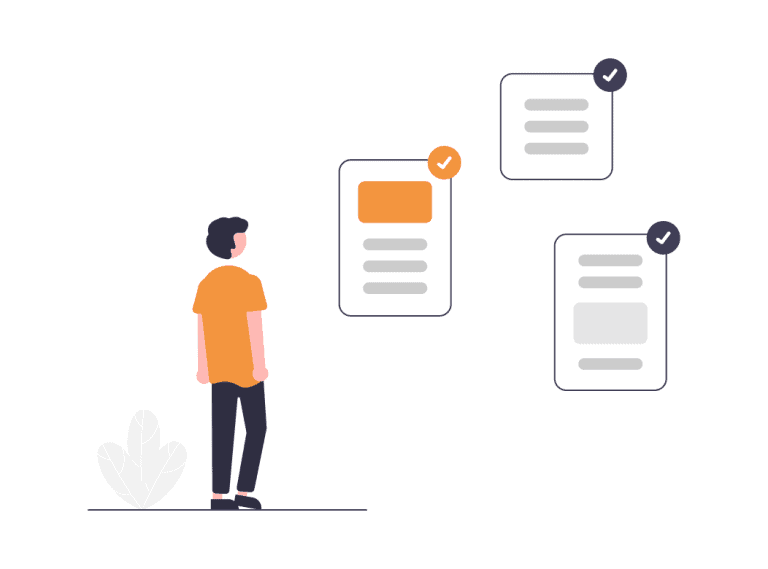Concept maps are visual representations of information. They can take the form of charts, graphic organizers, tables, flowcharts, Venn Diagrams, or T-charts. Concept maps are especially useful for students who learn better visually, although they can benefit any type of learner.
A 'concept 'map' is a diagrammatic overview of key ideas associated with a particular topic, that indicates how the ideas relate to each other. You can also take the help of an online mapping tool from https://www.linkfacts.link/.

They are a powerful study strategy because they help you see the big picture: by starting with higher-level concepts, concept maps help you chunk information based on meaningful connections. They can also be used to analyze information and compare and contrast. To make a concept map, you simply summarise what you know about a topic, on a single page in a visual diagram.
You can draw a concept map on paper or use software – both have advantages. Having your map on paper means you can stick it up on your wall and refer to it while writing or studying. This helps you keep on track. To do it digitally, you can simply use Word, or better yet, some of the great websites provide mapping software, which makes it very easy to change a concept map once begun, and add images and links.
